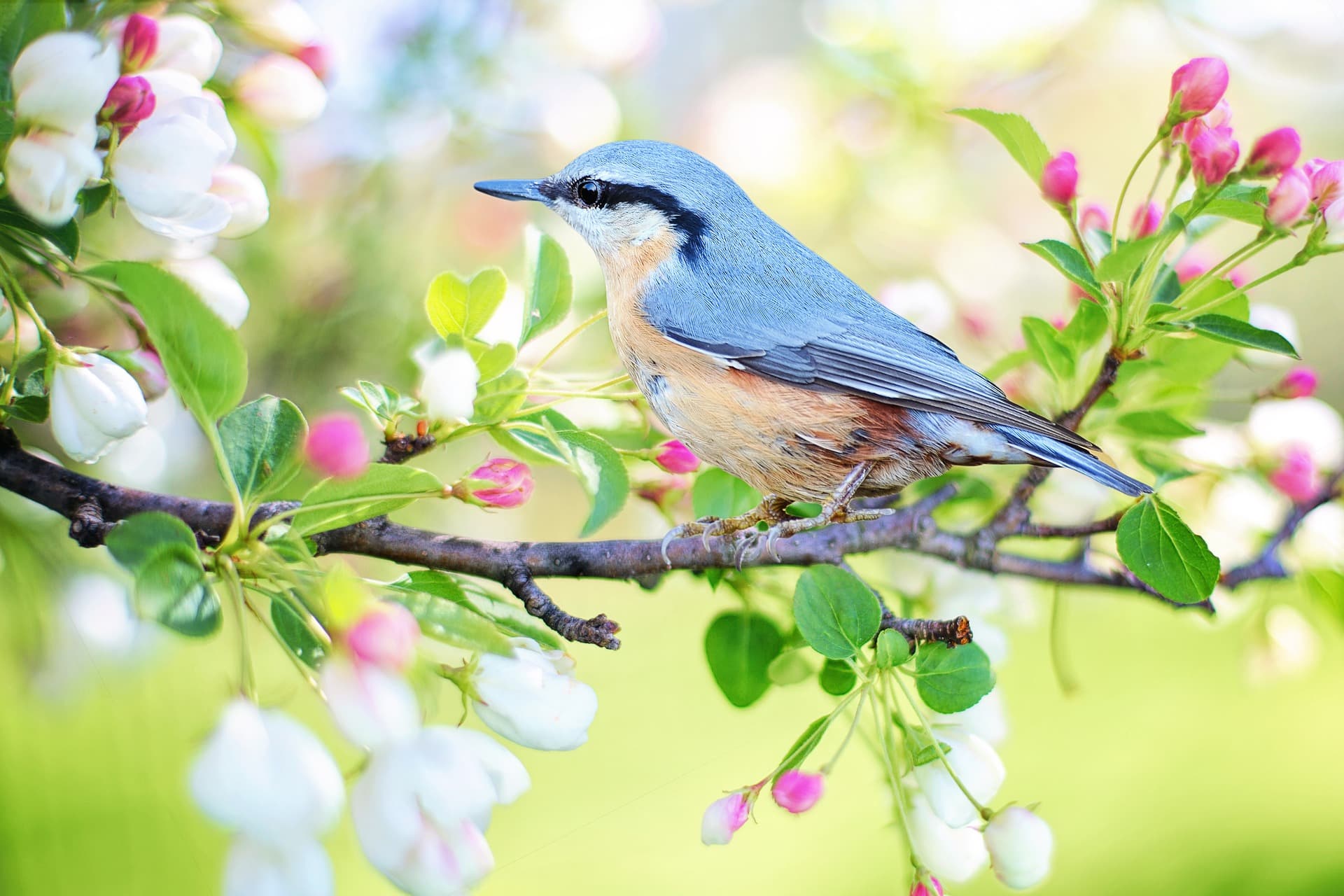Plosives & Stops A stop or plosive is a consonant sound produced by stopping the airflow in the vocal tract. The term plosive is reserved for oral (non-nasal) stops. Nasals A nasals are produced when the velum is lowered, allowing air to escape freely through the nose. Trills In phonetics, a trill is a consonantal sound produced by vibrations between the articulator and the place of...
Manners of Articulation (Summarized)
Marking Information Structure
Givenness, topic and contrast are not inherent properties of particular noun phrases, but relational categories of information structure. e.g. whether a noun phrase is contrastive or not can be identified only in light of the utterance or even the discourse in which it occurs Definiteness, referentiality and the generic/specific contrast are inherent properties of the noun phrase. e.g. whether a...
Definite, Indefinite, Referential, Generic & Specific Expression
Definite – a noun phrase that is marked to indicate that the speaker believes the addressee can identify its referent Indefinite – when the noun phrase is not marked with the assumption that the addressee can identify the referent e.g. Kanbulo: Who brought in the cat? Futhu: The boy. Pronouns and proper nouns are generally definite – but there are exceptions e.g. There is a...
Topic, Comment & Contrast
Topic – the main centre of attention in a sentence Comment – the element of sentence that says something about the topic Often (but not always) given information is the topic and the new information represents the comment e.g. Speaking of Hiyala, she won the contest. As for Hiyala, she won the contest. In certain cases, the new information can be the topic as well e.g. Hiyala won the...
Information Structure
Pragmatics – (sometimes used interchangeably with the term information structure) studies language use, in particular the relationship among syntax, semantics and the interpretation in accordance with the context of situation. Information Structure – level of structure at which certain elements in a sentences are highlighted or backgrounded according to their prominence in the...
Manners of Articulation
Fricatives Fricatives are articulated with a less extreme degree of constriction than stops and plosives: close approximation. Fricatives are produced by bringing together two articulators to the point where the airflow is not quite fully blocked – leaving enough of a gap for air to escape, but as the articulators are so close together that audible friction is created as the air passes...
Phonetics & Phonology Tutorial (answers)
Study the diagrams below and in the spaces below, state (1) the place(s) of articulation, (2) the manner of articulation of each sound. In addition, give (3) the IPA symbols and (4) descriptions of the possible phone(s) that is depicted in each illustration and (5) an example of an English word beginning with the sound(s) illustrated in each. Diagram: A Place of Articulation: Tip or blade of the...
Phonetics & Phonology Tutorial (answers)
Label the places of articulation A – Nose J – Epiglottis B – Alveolar ridge K – vocal folds C – Nasal cavity L – Larynx D – Hard palate M – glottis E – Oral cavity N – Blade of the tongue F – velum O – Tip of the tongue G – uvula P – Teeth H – Back of the tongue Q – Lips I – Pharynx / Pharyngeal...
Language Functions (Dhivehi)
(pdf document)
Cohesion & Cohesive Devices (Dhivehi)
(pdf document)

